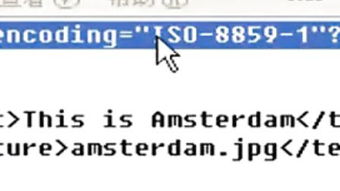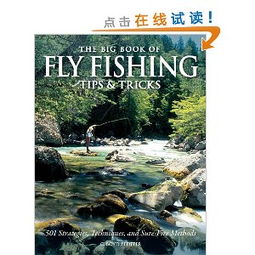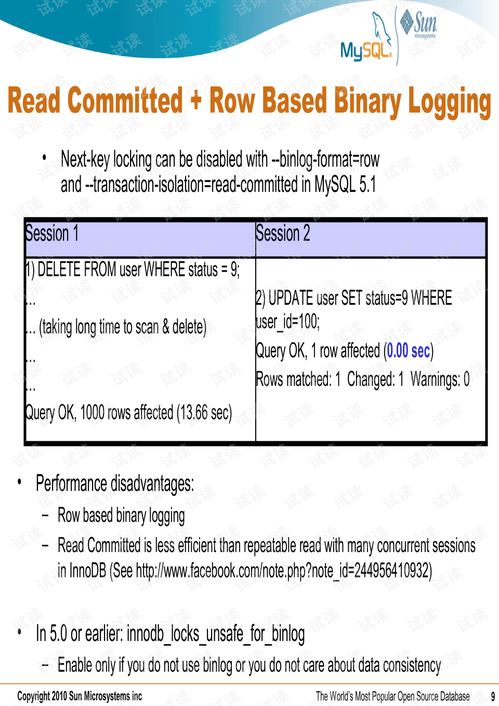Mastering the Art of Fish Farming: Practical Tips and Techniques for Success, Plus the Surprising Secret of Using Earthworms for Fishing
Introduction: Fish farming has become an increasingly popular and profitable venture for many individuals and businesses around the world. However, to achieve success in this field, it is crucial to possess the necessary knowledge and skills. In this article, we will discuss some practical tips and techniques for fish farming, as well as delve into the fascinating secret of using earthworms to improve your fishing experience. Whether you are a beginner or an experienced fish farmer, these insights will help you elevate your skills and maximize your yields.
Choosing the Right Species: The first step in fish farming is selecting the appropriate species for your farm. Different fish species have varying requirements, including temperature, pH levels, and feeding habits. Conduct thorough research to determine which species thrive in your region and align with your goals. Some popular choices for fish farming include tilapia, carp, and catfish.
Optimal Water Quality: Maintaining high-quality water is crucial for the health and growth of your fish. Ensure that your pond or tank has a consistent water flow, adequate aeration, and appropriate temperature levels. Regularly test the water for ammonia, nitrite, and nitrate levels, and adjust them as necessary. Implementing a water treatment system can also help improve water quality and prevent disease outbreaks.
Proper Feeding Techniques: Feeding your fish the right amount and type of food is essential for their growth and overall health. Start by feeding them a balanced diet that meets their nutritional requirements. Gradually introduce the food to the water to avoid overfeeding and excessive waste. Use high-quality fish feed that is specifically formulated for your chosen species. Additionally, consider supplementing their diet with natural food sources, such as algae, insects, and plants, to promote a healthier and more sustainable farming operation.
Stocking Density: Determining the optimal stocking density is vital to prevent overcrowding and ensure the well-being of your fish. Overstocking can lead to increased disease risk, reduced growth rates, and poor water quality. Consult with experts or conduct research to determine the appropriate stocking density for your specific species and water body.
Monitoring and Maintenance: Regular monitoring and maintenance are crucial for the success of your fish farm. Keep a close eye on water quality, fish health, and growth rates. Implement a routine inspection schedule to identify any potential issues early on. Additionally, perform regular maintenance tasks, such as cleaning filters, removing debris, and ensuring proper aeration.
The Surprising Secret of Using Earthworms for Fishing: While earthworms are commonly associated with gardening and composting, they also serve as a valuable tool for fishing enthusiasts. Earthworms are known to attract fish due to their natural scent and movement. To use earthworms for fishing, follow these steps:

a. Obtain a sufficient number of earthworms from a reputable source or cultivate your own worm farm. b. Carefully hook the earthworm onto your fishing line, ensuring it remains secure. c. Cast your line into the water and allow the earthworm to wiggle naturally, triggering the curiosity of fish. d. Be patient and wait for a bite, adjusting your technique as needed.
Conclusion: Mastering the art of fish farming requires dedication, knowledge, and attention to detail. By following these practical tips and techniques, you can improve your chances of success and maximize your yields. Additionally, incorporating the secret of using earthworms for fishing can enhance your fishing experience and increase your chances of catching more fish. Happy farming and fishing!












